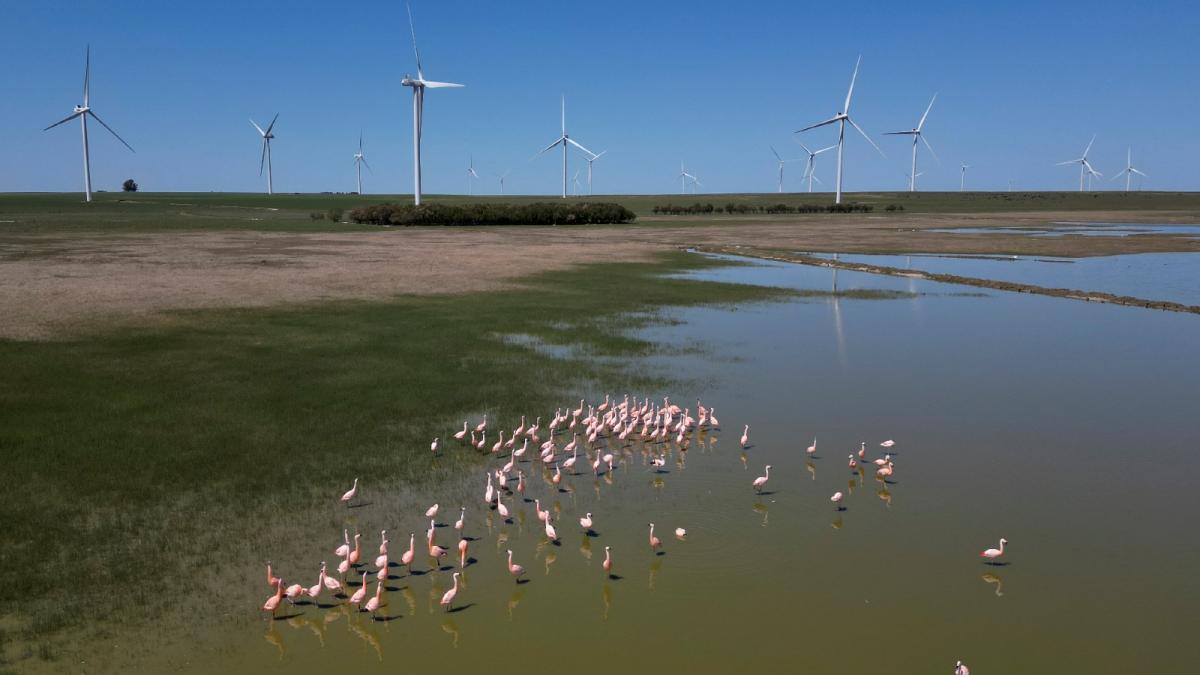A big challenge for anyone trying to take on climate change is finding solutions that don’t create new problems. Climate scientists, for instance, agree that the world needs more solar panels, wind turbines, and transmission lines. But building all that infrastructure takes up a lot of land, and that land could be a critical habitat for endangered animals, teeming with wildflowers and birds and insects, or a great place for Indigenous peoples to forage for traditional foods.
According to a recent study in the journal Nature Communications, areas around the world that are well suited for wind, solar, and other forms of clean energy overlap with some 10 percent of the land that’s important for biodiversity and other human needs like clean water and wood for fuel. The United States alone would need tens of millions of acres of sunny plateaus for solar arrays and windy ridges for wind mills to stop burning oil, gas, and coal. The potential for conflict between conservation and developing renewables is even higher than it is between conservation and farming, mining, or drilling for fossil fuels, the study fou... Read more










